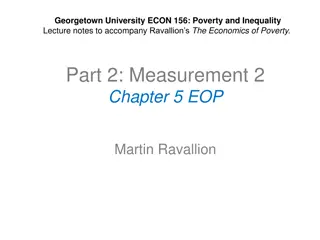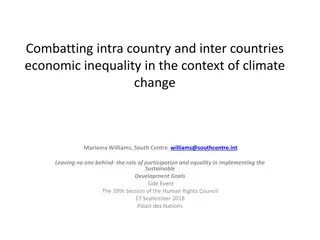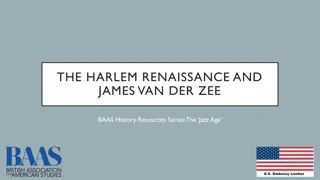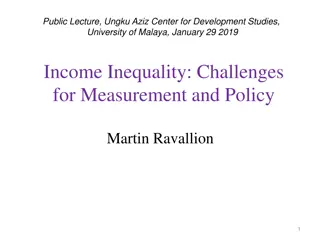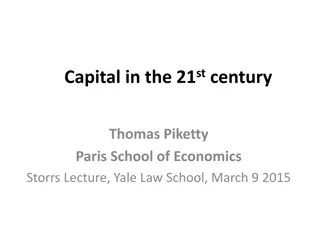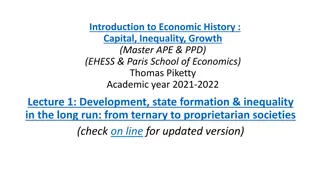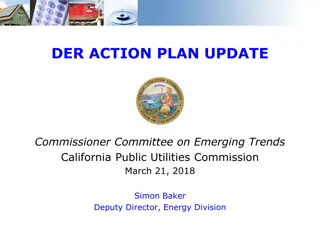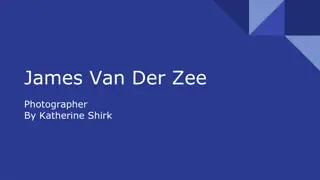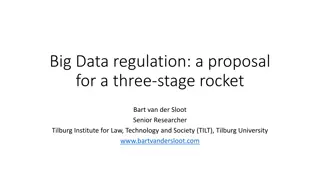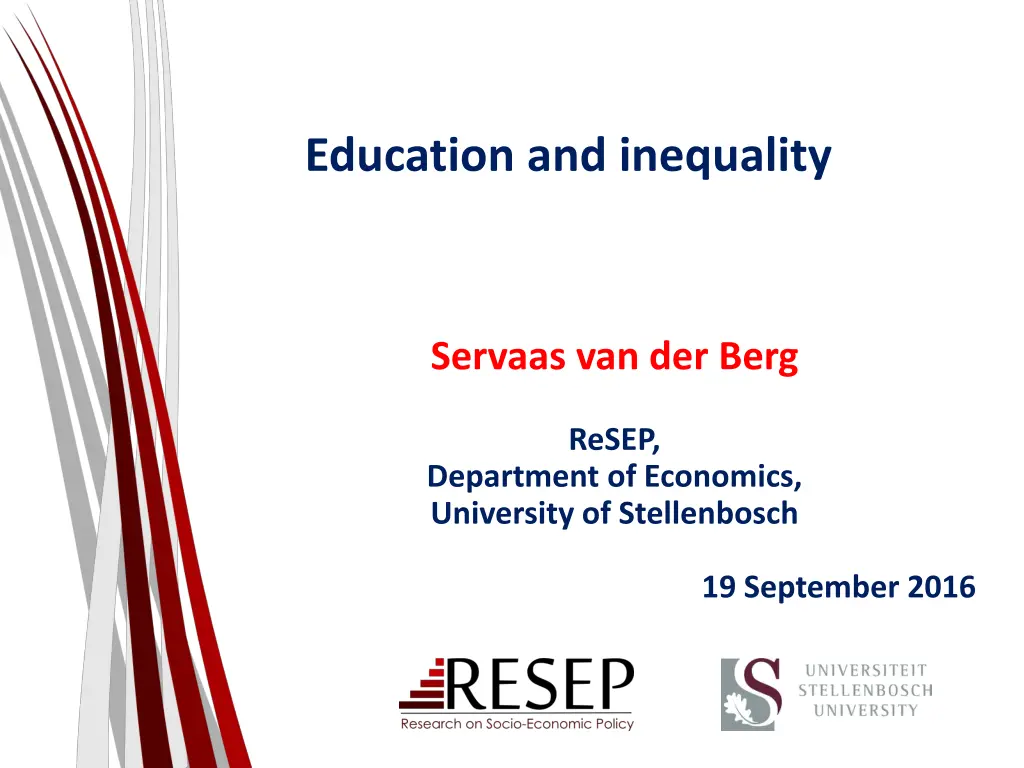
Understanding Education Inequality and Its Impacts
Explore the challenges and potential solutions related to education inequality, based on recent research findings like SACMEQ and TIMSS. The importance of tracking children's progress from school entry through matriculation is highlighted, along with the need for improved data analysis systems. Gain insights into the qualifications hierarchy and its correlation with wages to understand the link between education and economic opportunities.
Download Presentation

Please find below an Image/Link to download the presentation.
The content on the website is provided AS IS for your information and personal use only. It may not be sold, licensed, or shared on other websites without obtaining consent from the author. If you encounter any issues during the download, it is possible that the publisher has removed the file from their server.
You are allowed to download the files provided on this website for personal or commercial use, subject to the condition that they are used lawfully. All files are the property of their respective owners.
The content on the website is provided AS IS for your information and personal use only. It may not be sold, licensed, or shared on other websites without obtaining consent from the author.
E N D
Presentation Transcript
Education and inequality Servaas van der Berg ReSEP, Department of Economics, University of Stellenbosch 19 September 2016
Has our education system turned the corner? SACMEQ data almost certainly over-optimistic, thus that offers little evidence TIMSS 2011 showed some improvement, especially amongst poorer students Gustafsson found strong improvement in performance of black matriculants against a reference group The new TIMSS and PIRLS may provide further evidence of improvement Yet Kotz can find few well-performing poor schools
Research data needs Assessment of children before they enter school or at school entry, preferably then also tracking them through school. LURITS system (individual tracking of children through school) should function properly and be properly analysed Link the two major educational management information systems, EMIS (in schools) and HEMIS (in universities) Ask matriculants more background questions when they register for the matric exam, to allow better analysis
The qualifications hierarchy 3 Get a degree within six years of matric Get some kind of university qualification within 6 years of matric 4.5 14 Go to university 37 Pass matric 60 Write matric 100 Start school 0 20 40 60 80 100 Source: Van Broekhuizen, Van der Berg & Hofmeyr 2016
Education and wages 4.0 R36 3.5 Log of wage per hour 3.0 (conditional) 2.5 R12 2.0 R6 1.5 1.0 0.5 0.0 0 1 2 3 4 5 6 7 8 9 10 11 12 13 14 15 Education (years) 5
The qualifications hierarchy Education and wages 4.0 R36 Get a degree within six years of matric 3 3.5 Get some kind of university qualification within 6 years of matric 3.0 4.5 2.5 R12 Log of wage/hour 14 2.0 Go to university (conditional) R6 1.5 37 Pass matric 1.0 0.5 60 Write matric 0.0 0 3 6 9 12 15 100 Education (years) Start school 0 20 40 60 80 100



